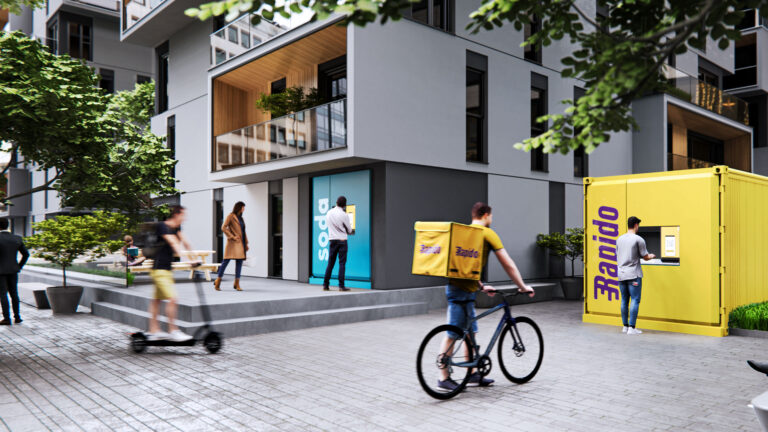
Although companies across the industries are vastly different from one another, upon observation, they do have a number of foundational elements in common. As they aim to operate more efficiently, cut avoidable costs, maximize output, gain market share and increase revenue, direct-to-consumer companies of all kinds understand that the key to their success is providing a positive customer experience. A powerhouse of a strategy that modern companies are beginning to implement to attain the success factors above, hyperlocal logistics is also emerging as a leading approach for strengthening the relationship between brand and customer.
How Hyperlocal Logistics Benefits Customers
Faster Deliveries
The rise of ecommerce and online shopping has given birth to titans such as Amazon, who have introduced delivery speed as a competitive advantage in satisfying customers. Setting the bar high, such companies have brought us to an era in which item deliveries are as important as the items themselves. As the variety of items that are being purchased online expands to include daily necessities, customers are gravitating towards the companies that can place items at their door the quickest. By adopting hyperlocal logistics, companies are no longer bound to 3-5 business-day deliveries and are switching over to a logistical infrastructure that enables customers to receive rapid deliveries that are fulfilled in as little as a few hours. Rather than a one-off quick delivery experience, customers are learning they can rely on companies to do so consistently, an important measure in building a trusted reputation.
Product Accessibility
Hyperlocal logistics gives companies the tools and methods to achieve excellent inventory management with streamlined processes and greater accuracy. Combined with more distribution points and high proximity to customers, these advanced inventory techniques help companies ensure that their products are always readily available for orders. For customers, this means they no longer face situations in which their desired items are out of stock or require lengthier deliveries due to warehouse placement. The old adage holds true: the greatest ability is availability.
Personalized Experiences
With the power of localization, companies are able to tailor their offerings to customers regionally based on local trends, preferences, and culture. With a localized approach to each region, companies are even able to partner with local business and influencers, become active in the local community and build unique regional bonds that gives them the opportunity to connect with customers in ways they weren’t previously able to. With a strong, attuned local presence, companies can participate in initiatives and projects that matter to local populations, establishing deeper roots with their customer base in ways that promote custom offerings.
Sustainable Deliveries
An increasingly high priority for modern customers is that their favorite brands are environmentally conscious. In the past, companies have been able to publicly claim sustainable commitments without showing measurable progress, but customers today want to see reduced environmental impact in order to feel their values align with the values of the brand. Moreover, regulations in different parts of the world are moving towards upholding more sustainable practices as a whole, leading brands to seek more energy-efficient means for fulfilling operations. Traditional logistical methods consist of longer delivery distances, meaning that ordering items produces carbon emissions – and customers have grown aware of this. Giving companies the ability to implement last-mile deliveries at scale via sustainable solutions (such as using bicycle couriers for significantly shortened distances and self pick-up), hyperlocal logistics makes it possible for them to significantly reduce carbon emissions from their deliveries. As it turns out, shorter distances do indeed go a long way for customers, no pun intended.
Impact On Customer Behavior
The era of hyperlocal logistics is the era of convenience as a product. When customers compare products, they now also compare item availability, delivery speed, omnichannel offerings and customer service, meaning that these have all become determining factors in purchase decisions, creating customer loyalty towards the brands who emphasize the most convenience. The widespread implementation of hyperlocal logistics will also create long-term changes in customer shopping habits, such as increased demand for instant gratification when shopping in the form of real-time delivery notifications and lightning-fast order arrival, as well as more frequent smaller orders rather than less frequent larger orders.
Strengthening Consumer Trust In Brands
Logistics used to be thought of as back-end operations that customers don’t care for, as long as they receive their items. Interestingly, logistics has made its way to the forefront of providing customers with terrific experiences in many different aspects, from fast deliveries and personalization to item accessibility, sustainability-driven values and order transparency. The logistical excellence that’s made possible through a hyperlocal fulfillment approach appears to be the answer when solving for customer retention and keeping them coming back. As it’s surfacing as a powerful method for expanding the relationship between brands and customers in a manner that cultivates trust, it makes sense that it’s being dubbed the next generation commerce.
